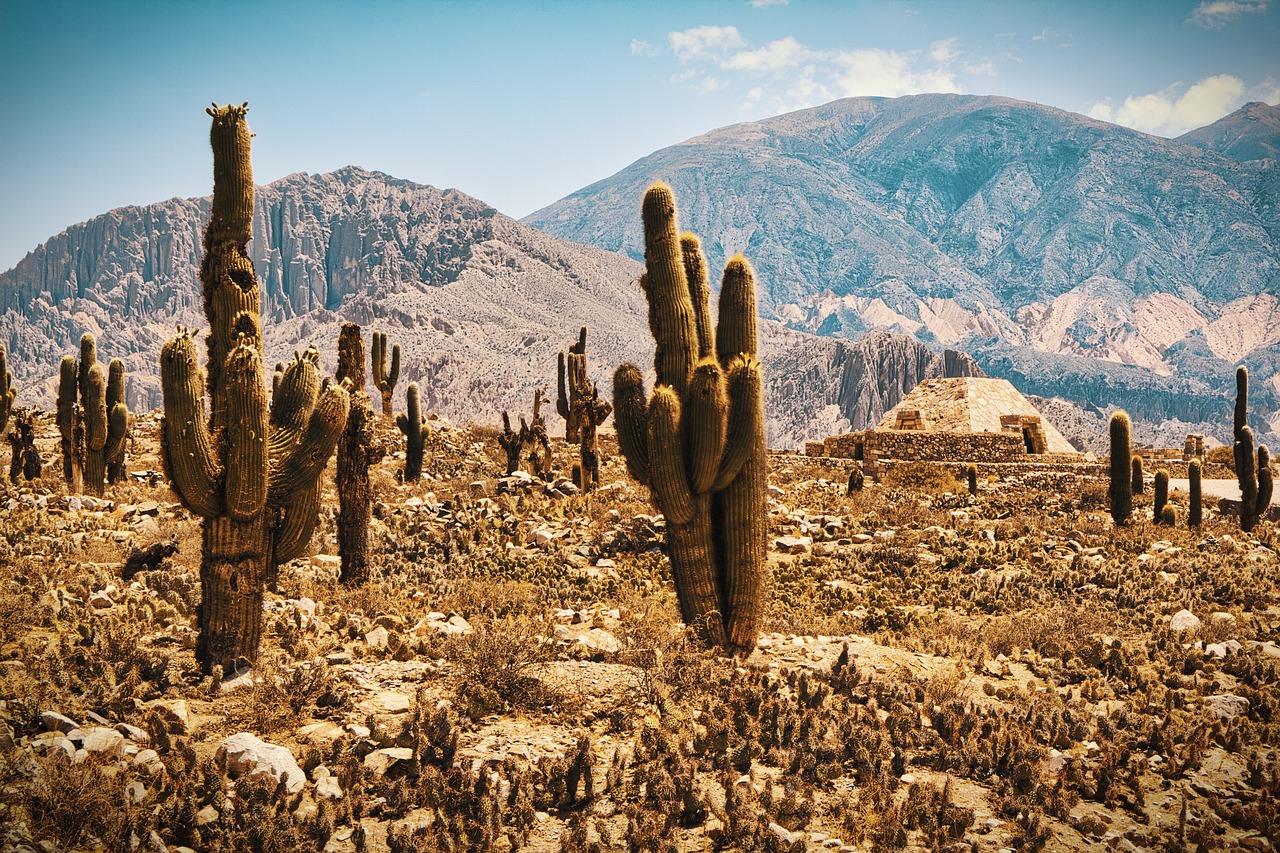The art of the Lakota is far more than decoration – it is a living language expressing spirituality, history, and identity through traditional Lakota craftsmanship. From the sacred art of weaving to the powerful symbolism of carving, each craft reveals deep cultural wisdom. Immerse yourself in the fascinating world of Lakota craftsmanship and discover its timeless beauty.
The Spiritual Foundation of Lakota Art
For the Lakota people, art is inseparable from spirituality. Every craft begins with a prayer and follows ancient traditions:
- Sacred symbols: Each pattern carries a deeper meaning
- Natural materials: Respectful use of the Earth’s gifts
- Meditative processes: Handwork as a spiritual practice
- Generational knowledge: Passing on techniques and meanings
Beadwork: Colorful Beauty with Deep Meaning
Lakota beadwork is world-renowned for its complexity and symbolism. Originally made with natural materials, it later evolved with glass beads.
Traditional Patterns and Their Meanings
- Diamond patterns: Represent the four directions
- Arc shapes: Symbolize rainbows and protection
- Circles: Stand for life cycles and unity
- Triangles: Represent tipis and mountains
Modern Lakota Beadwork
Today’s Lakota artists combine traditional motifs with contemporary expression while preserving cultural integrity.
Leatherwork: From Buffalo to Artwork
The traditional leathercraft of the Lakota was both essential for survival and highly artistic. Every step followed ritual practices.
- Buffalo hide: Main material for clothing and shelters
- Natural tanning methods: Brain tanning for soft leather
- Earth pigments: Ochre, umber, and other natural colors
- Quillwork: Traditional porcupine quill embroidery
Weaving: From Blankets to Ceremonial Textiles
Lakota weaving developed after the introduction of looms and became an important art form.
Star Quilts: Symbols of Honor and Connection
Lakota Star Quilts are perhaps the most famous form of weaving. These eight-pointed star blankets hold deep cultural meaning:
- Gift of honor: Given for births, weddings, and major life events
- Spiritual protection: The star represents the Morning Star
- Modern adaptation: Traditional patterns in contemporary materials
Carving: From the Sacred Canunpa to Everyday Tools
Lakota carving includes both sacred items and practical everyday objects.
Holy Pipes (Canunpa)
The Canunpa carving is the holiest form of Lakota art. Each sacred pipe is crafted with prayer and ceremony.
Wooden Spoons and Ladles
Practical items are elevated into art through elaborate Lakota carvings.
Wampum Belts: Braided History
Although originally from eastern tribes, the Lakota adopted Wampum art for ceremonial purposes.
- Shell beads: Handcrafted from quahog shells
- Storytelling: Each belt records historical events
- Treaties and agreements: Wampum used as legal documentation
Dreamcatchers: Origin and Cultural Meaning
The Lakota Dreamcatcher became popular in the 1960s but has much deeper cultural roots.
- Spiritual protection: Filters out bad dreams
- Circular shape: Represents the cycle of life
- Beads and feathers: Symbolize good dreams and their journey to the sleeper
Modern Lakota Art: Tradition in the 21st Century
Contemporary Lakota artists are finding innovative ways to keep traditional art forms alive.
- Mixed media: Traditional motifs in new materials
- Digital art: Lakota symbolism in modern media
- Art as activism: Political statements through traditional crafts
- International recognition: Lakota art in global galleries
Cultural Revival Through Art
The renaissance of Lakota art plays a crucial role in cultural revival:
- Youth programs: Teaching traditional crafts to younger generations
- Art as livelihood: Sustainable income through authentic art
- Cultural continuity: Preserving techniques and meanings
Recognizing and Respecting Authentic Lakota Art
When purchasing Lakota crafts, respect and authenticity are key:
- Buy directly from artists: Support Indigenous communities
- Check certifications: Authenticity and origin verification
- Avoid cultural appropriation: Respect sacred symbols
- Price vs. value: Fair compensation for handmade art
Famous Lakota Artists and Their Contributions
Masters of Lakota craftsmanship have enriched and evolved the tradition:
- Dylan Cavin: Contemporary beadwork
- Bobby Wilson: Multimedia art blending traditional elements
- Anonymous masters: Traditional artists working within their communities
Frequently Asked Questions About Lakota Art
Can I use Lakota designs for my own projects?
Many Lakota symbols carry deep cultural or spiritual meaning. Respectful use requires understanding — and sometimes permission.
Where can I buy authentic Lakota art?
Directly from Lakota artists on reservations, at Indigenous art markets, or through certified galleries.
How does Lakota art differ from other tribal arts?
Each tribe has unique styles. Lakota art is characterized by distinct color combinations, patterns, and spiritual symbols.
The Future of Lakota Craftsmanship
Traditional Lakota art stands at a crossroads between preservation and innovation:
- Digital documentation: Preserving traditional techniques
- Art as education: Craft as a way of cultural transmission
- Global markets: New opportunities for Lakota artists
- Cultural integrity: Balancing commerce and tradition
Conclusion: Living Tradition in Every Fiber
The art of the Lakota is a living testament to the resilience and creativity of this proud people. From intricate beadwork patterns to powerful wood carvings, each craft tells a story of spirituality, survival, and cultural continuity.
Through the continuation and evolution of their traditional crafts, the Lakota not only preserve their past but actively shape their future. Their art reminds us that true beauty is rooted in meaning, skill, and cultural integrity.
Would you like to learn more about the rich Lakota culture? Explore our articles on Lakota spirituality or the history of the great Lakota chiefs!

